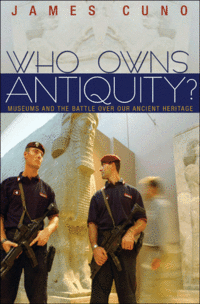(p. 5) The success of Pixar’s films had brought him something exceedingly rare in Hollywood: not the house with the obligatory pool in the backyard and the Oscar statuettes on the fireplace mantel, or the country estate, or the vintage Jaguar roadster–although he had all of those things, too. It wasn’t that he could afford to indulge his affinity for model railroads by acquiring a full-size 1901 steam locomotive, with plans to run it on the future site of his twenty-thousand-square-foot mansion in Sonoma Valley wine country. (Even Walt Dìsney’s backyard train had been a mere one-eighth-scale replica.)
None of these was the truly important fruit of Lasseter’s achievements. What success had brought him, most meaningfully, was freedom. Having created a new genre of film with his colleagues at Pixar, he had been able to make the films he wanted to make, and he was coming back to Disney on his own terms.
Source:
Price, David A. The Pixar Touch: The Making of a Company. New York: Alfred A. Knopf, 2008.
(Note: ellipsis in title was added.)
(Note: my strong impression is that the pagination is the same for the 2008 hardback and the 2009 paperback editions, except for part of the epilogue, which is revised and expanded in the paperback. I believe the passage above has the same page number in both editions.)




